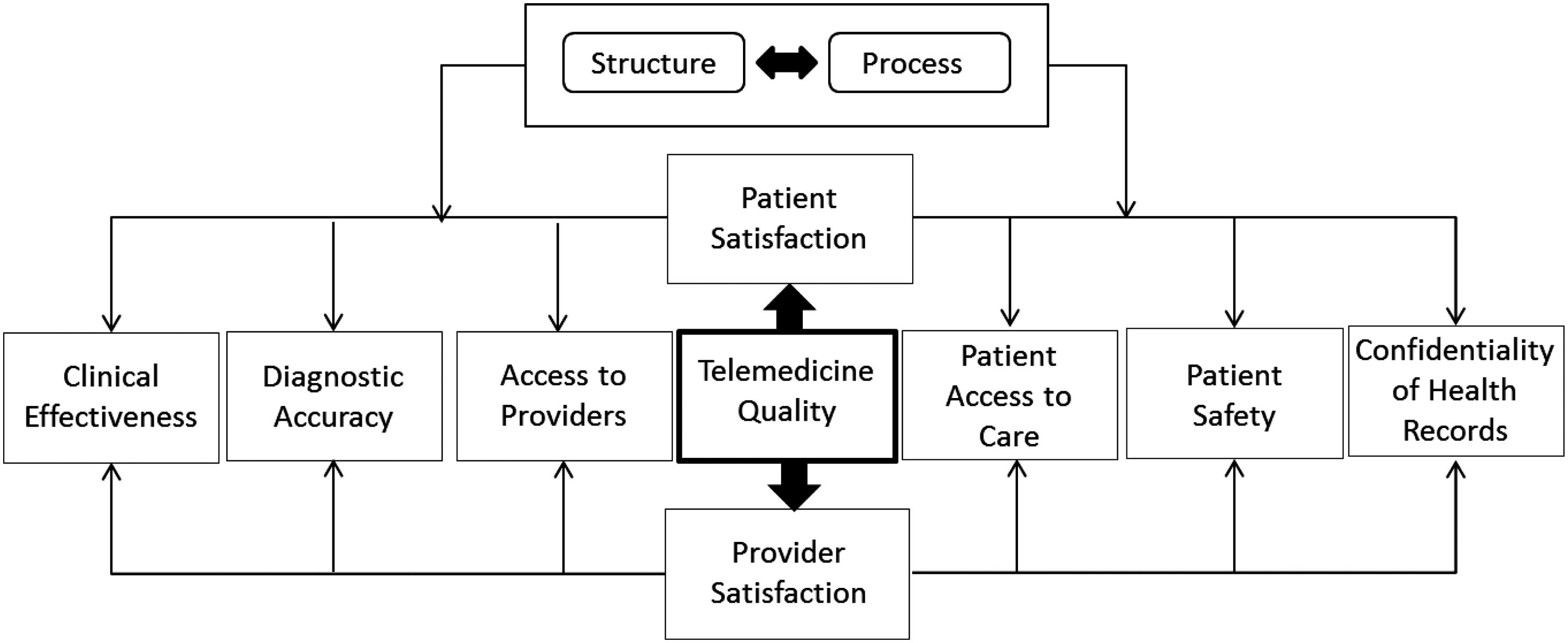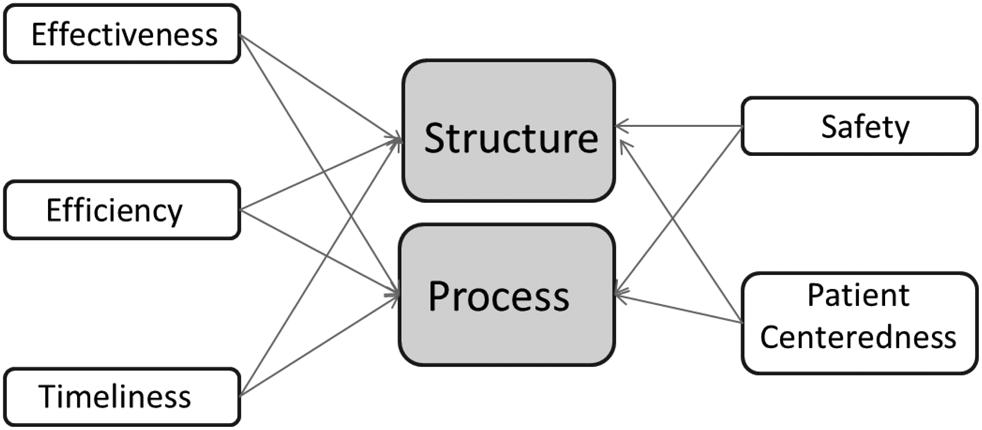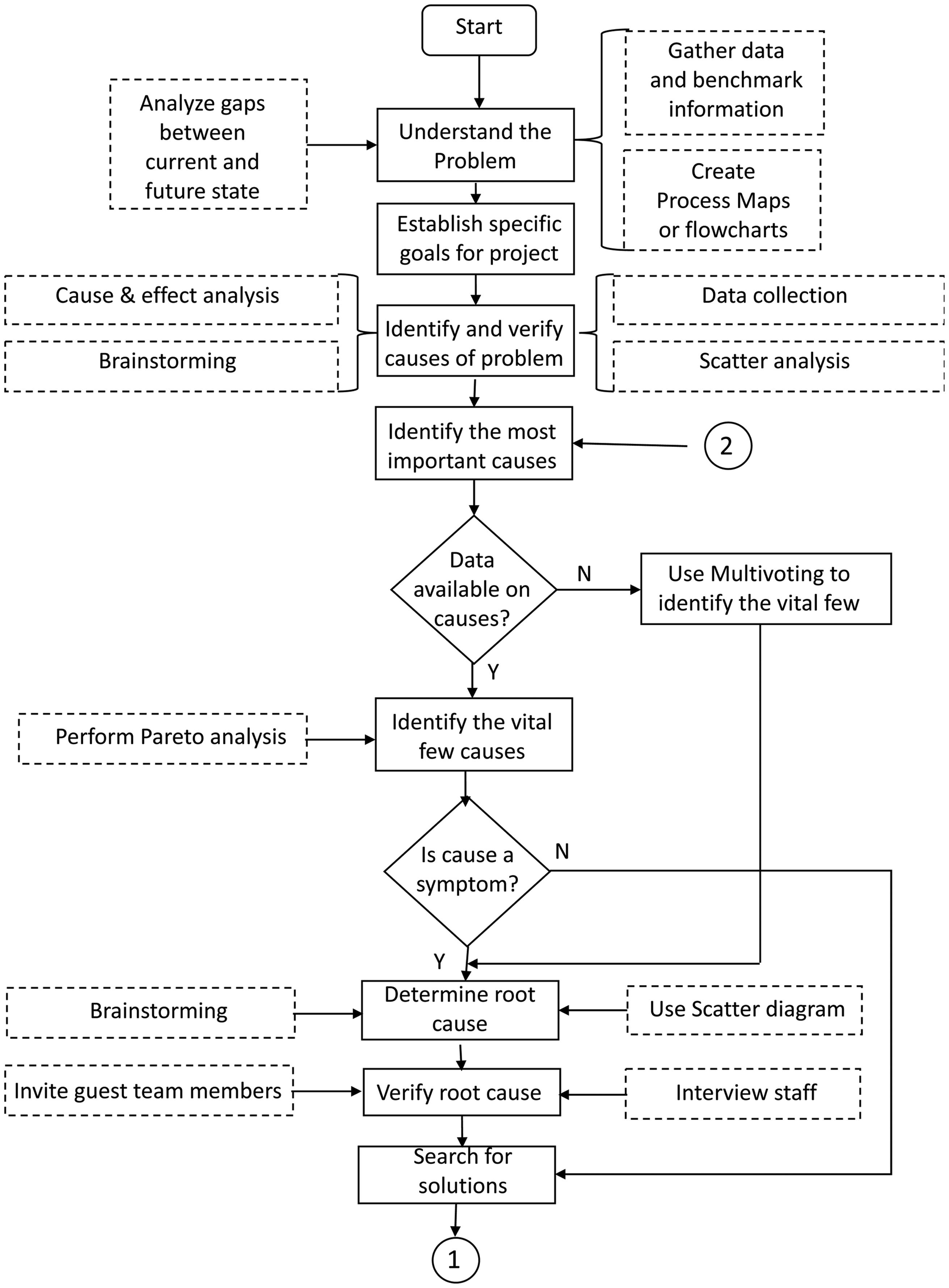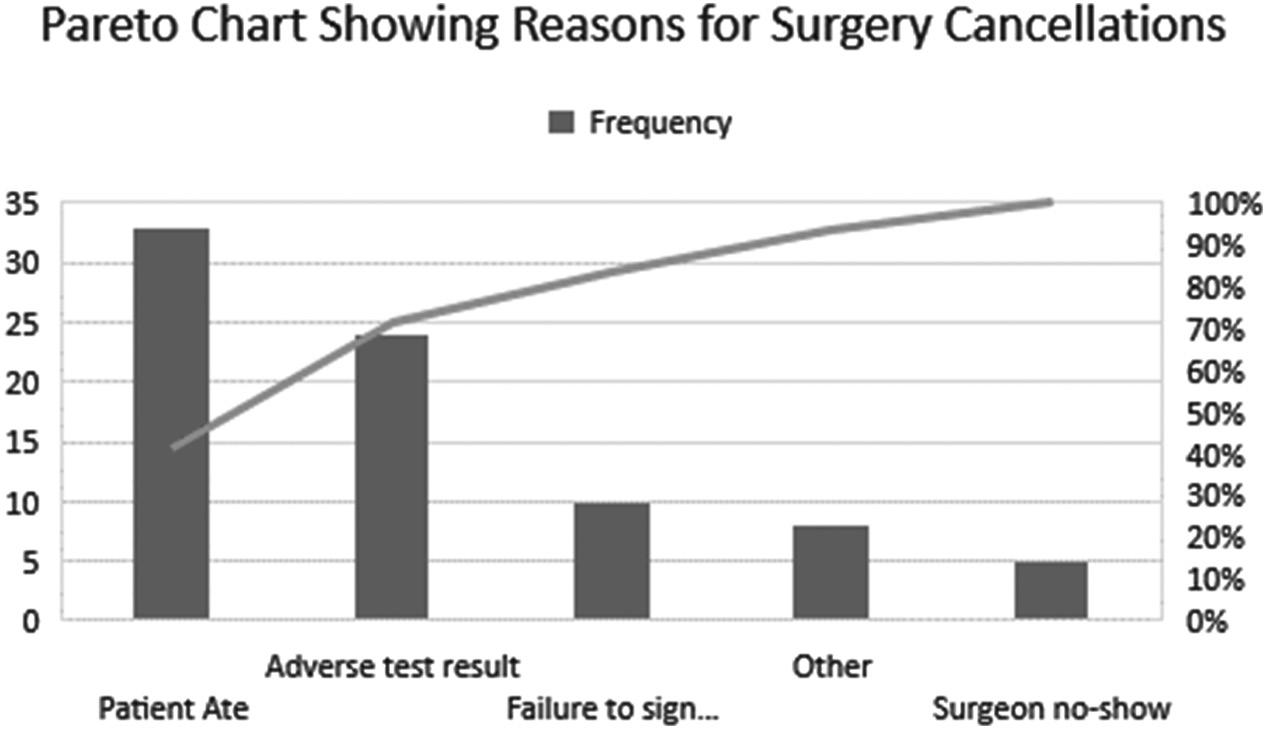Chapter 4
Value Is in the Attention to Detail If you long to accomplish great and noble tasks, you first must learn to approach every task as though it were great and noble. Even the grandest project depends on the success of the smallest components. Gary Ryan Blair (2009) Healthcare services are not transactions that occur in a vacuum. Patients are not widgets passed from one machine to another. Patient encounters are often anxiety-inducing interactions between patients and their caregivers. In some cases, the participants in these high-stake encounters are people whose lives have been assaulted by the tyranny of disease and fear of dying. For patients, there is nothing routine about such encounters. There is nothing routine about surgeries or doctors’ visits. Every interaction awakens certain impulses and appeals to certain sensibilities of the patient. These sensibilities can engender pessimism or optimism, confidence or doubt, joy or sadness, fear or courage, etc. What the patient sees, hears, feels, perceives, and touches forms a collage that then becomes the basis of their experience. The patient’s experience is often built around visual, tactile, auditory, and other multi-sensorial elements that evoke a specific kind of response. When an organization commits to a culture of attention to detail (ATD), its service delivery apparatus is intentionally choreographed to achieve a distinctive and desirable response from the customer at every turn. Every 71











